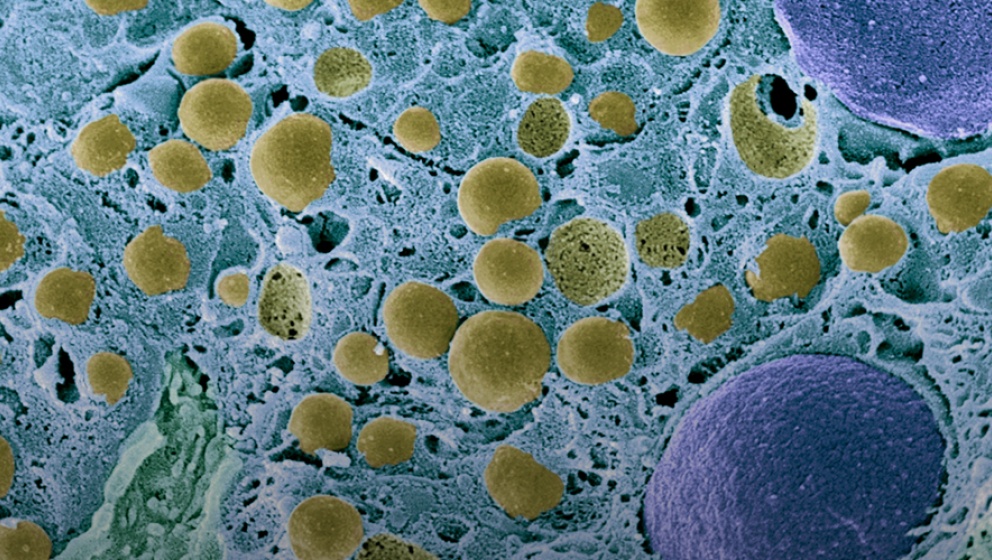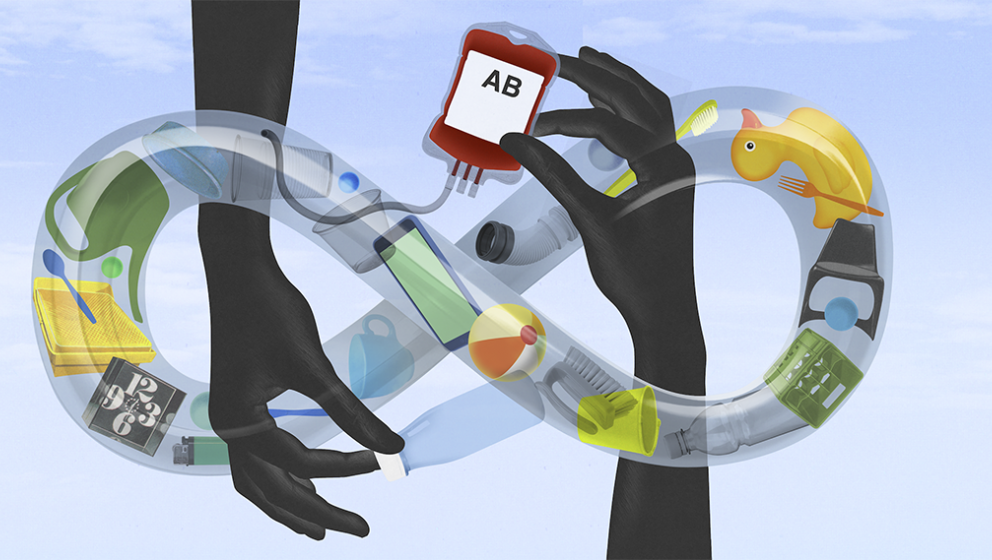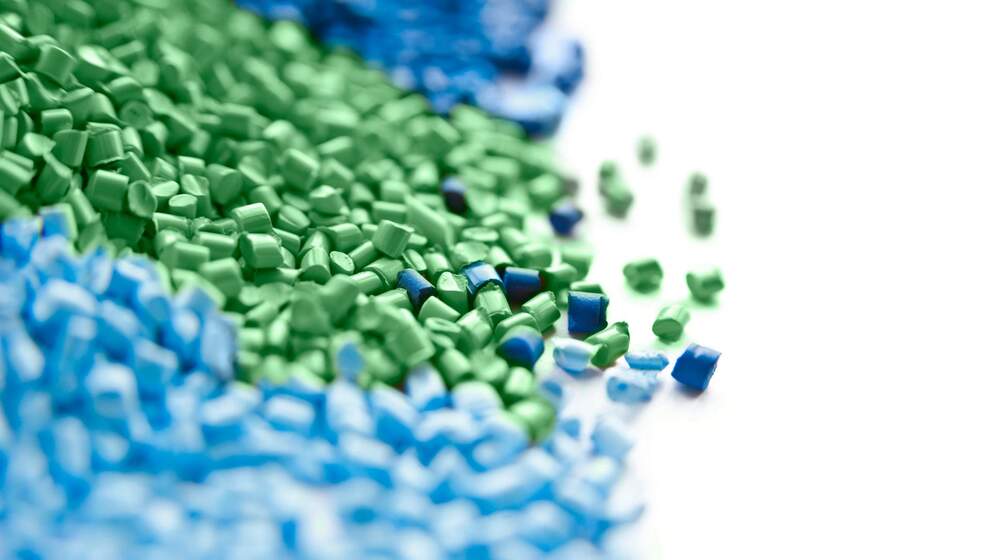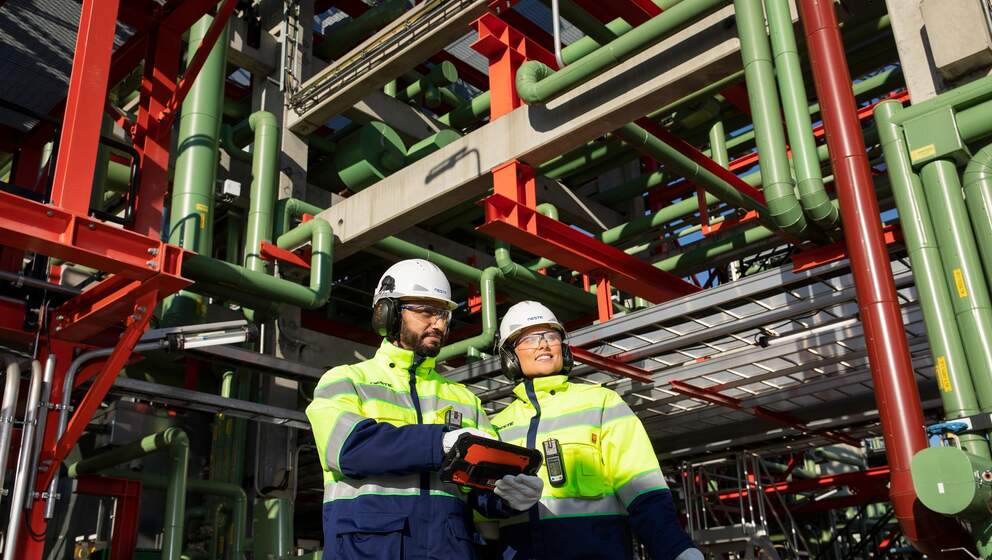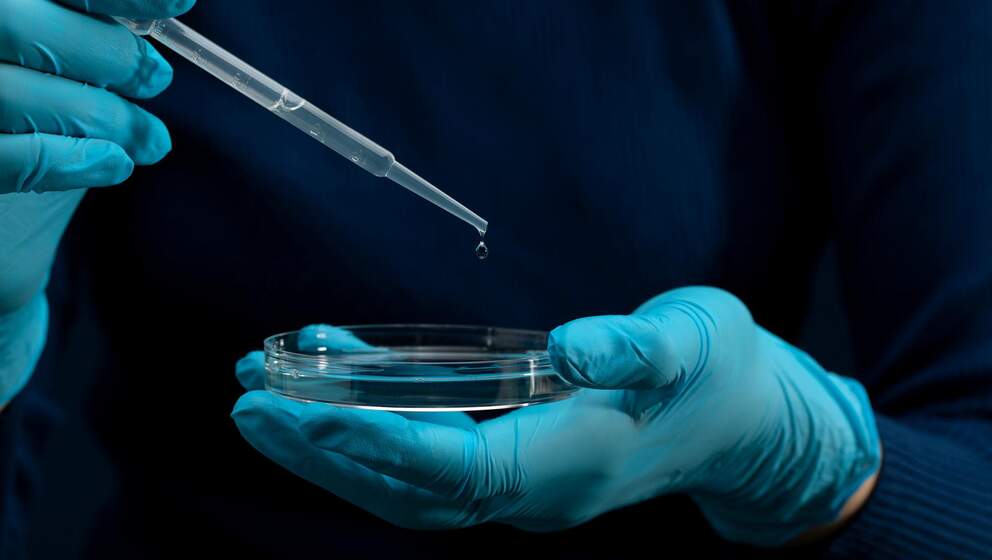Tomorrow’s agenda: The next 5 big milestones for turning chemical recycling of plastics from a promise into an industrial solution
No fundamental technical obstacle hinders us from recycling all of the world’s plastics. One tool to get us there is the transformative technology of chemical recycling. Here are the five big milestones in making chemical recycling—and thus, circular plastic economy—a reality.
No fundamental technological obstacle prevents us from recycling almost all of the world’s plastic—though there are economic and technical barriers to recycling, due to which we have allowed ourselves not to learn to recycle as much plastic as possible as a society. In the past, we have accepted that while we have good mechanical recycling solutions in use for certain plastic qualities, the majority of the plastics we use will end up somewhere out of sight, burned, in a landfill—or at worst, leaking into our environment. And the latter being the very reason we struggle with a global plastic waste problem.
Now, I luckily see us consumers calling for solutions to stop plastic from ending up in our environment. And how do we do that?
There is no one silver bullet for solving the global plastic waste challenge. We need to, for example, develop waste management infrastructures and educate people to change their attitudes toward plastic waste. In addition, we know improving and increasing the recycling of plastic waste is crucial. And in this, we will need a portfolio of different solutions suited for different types of plastic streams.
One crucial new solution to support our leap into a circular plastic economy will be chemical recycling through liquefaction—an emerging technology that can recycle plastic waste streams that have low or no value in conventional mechanical recycling. Through the chemical recycling process, plastic waste is liquefied into an oil that can be used to replace fossil raw materials in the production of new plastics and chemicals. What’s more, unlike most mechanical recycling, chemical recycling can produce a high-quality end product and return the plastics back to their original use.
Chemical recycling could contribute to the plastic recycling rates; in fact, the recycled volumes could more than double if legislation would take all modern methods such as chemical recycling into account. To get there, a lot needs to happen in the plastic market, legislation, and consumer behavior. We still need to disrupt the plastic industry’s very logic. Here are the five breakthroughs we need to accomplish through joint efforts to enable chemical recycling to contribute to solving the plastic waste problem.
Milestone 1.
Alliances of forerunner businesses and consumers demonstrate that chemical recycling is possible
The year 2020 marks a new era for the plastic industry. During this year, we will see multiple commercial-scale plastic liquefaction plants starting production in Europe and the US. Every initiative by the frontrunners in the field is a huge win for the whole industry. We need to see forward-leaning refining and petrochemicals companies working together to provide future-oriented brands with chemically recycled raw material and educated consumers choosing to buy their products. That’s how we can demonstrate to the rest of the world that chemical recycling is possible and can contribute to the circular plastics economy.
We at Neste want to drive this change, and in 2020, we are working to deliver our first industrial-scale trial of processing plastic waste at Neste’s refinery. Stay tuned for how this recycled material will complement the renewable plastics we have introduced into the market with our partners over the past year.
Milestone 2.
The first medical products, food packages, and toy cars made of recycled plastic hit the shelves
The plastic industry currently cannot produce common essential items such as food packaging, medical supplies, hygienic packaging for healthcare items, or toys from recycled plastic, as the quality of mechanically recycled plastic and the risks of contamination do not meet product safety requirements. Enter chemical recycling, and in the next few years, we should be seeing the first products in these groups manufactured from recycled plastic. But make no mistake—product safety in these industries is not treated lightly. When you see recycled material used in any one of these fields it marks another breakthrough for the industry.
While acknowledging the substantial benefits of chemical recycling, it’s fair to note that it isn’t a cure-for-all. One common false belief is that all plastic unsuitable for mechanical recycling can be dumped into a chemical recycling plant, and out comes the perfect material. Unfortunately, that is not the case. There are a lot of plastics, for example, polyvinyl chloride or PVC, that cause issues in chemical recycling. In addition, certain material combinations, visual effects and additives, such as fire retardants, add layers of complexity for transforming plastics products back to virgin quality polymers.
To figure out the most valuable plastic waste streams for chemical recycling—and the materials to avoid—Neste invests in its own R&D and collaborates with plastic collectors and recyclers as well as the most promising startups developing liquefaction technology.
Milestone 3.
Legislators catch up with technology, and chemical recycling is included in recycling targets
Sustainability-oriented, early-adopter consumers and frontrunner companies can take us a long way in terms of demonstrating new solutions. But unfortunately, a holistic circular economy cannot be reached through voluntary action only, leaning on consumers’ willingness to pay more for recycled products. To step away from fossil-based raw materials, we need supportive regulation.
To move away from the use of fossil oil we need to institutionalize clear preference for recycled and renewable materials. Instead of focusing only on how much plastic waste we recycle, we need to extend the minimum requirements for how much recycled plastic we use to cover all major applications. We should see chemical recycling being acknowledged in plastic recycling targets in a few years’ time. We also need to harmonize the end of waste legislation to make sure recycled raw materials can cross borders as any other raw materials. Once the legislation is in place, chemical recycling can move from a niche market to a world-scale solution.
Milestone 4.
As the cost of chemical recycling sinks, plastic waste becomes a money-maker
According to McKinsey, chemical recycling could be the optimal destination for around 10–15 percent of global plastic waste. By 2030, that would mean 40–60 million tons annually, which could imply several thousands of chemical recycling plants in operation all over the world.
The tricky part is the cost. As long as we don’t sell fossil-based materials for their true total cost, including the externalities on climate change, chemical recycling will likely always cost more than using virgin fossil-based raw material. However, there are multiple paths to rebooting the system.
An especially costly part of chemical recycling is building the liquefaction plant. As the designs get standardized, moving toward repeated builds and gaining economies of scale, the cost will likely significantly decrease. Another essential step is that we in the refining and petrochemicals industries manage to standardize the end-product of chemical recycling, a synthetic oil, so that a booming market is born around it.
In a few years time chemical recycling should not look like a trailblazing act of courage anymore but like a tested, accessible, profitable business. That’s when actors around the world, including developing countries, will get involved. That's when plastic waste turns into such a valuable resource it no longer makes any sense to throw it away — let alone pay for getting it incinerated.
Milestone 5.
Recyclability becomes an essential part of what we value as consumers —and hence a core principle for new product design
My grandparents had a very different relationship with materials than my generation does. They didn’t see waste; they saw material to be valued. That’s the mindset we need to revive. We need to collectively understand that it’s a significant loss when plastic—or any material for that matter—ends up in a landfill or is incinerated instead of being recycled back to a circular economy.
Bringing value back to our waste streams begins from product design. Plastics users have already taken significant steps towards designing products for mechanical recycling. You can see this, for example, in packaging with easily detachable labels. Now, we already see leading brands extending the same approach to chemical recycling: avoiding additives and materials that hinder chemical recycling, while still maintaining the crucial qualities of the product or packaging, like light weight and ability to extend the shelf life of food.
In the future, ecodesign will create a renewed sense of product aesthetics altogether. Companies produce plastic items which customers want to buy. Some of the colors, textures and structures that we currently like destine product materials automatically to incineration or a landfill. Eventually, we will start viewing sustainable design as part of the value proposition of the products we buy. We will understand that recyclability is part of the aesthetics of a product and start rejecting products that are hard to reuse and recycle.
This world is within our reach but to get there, both us consumers and the plastics industry value chain as a whole need to get a grasp on chemical recycling.
Neste's solution for plastics
Neste has developed a drop-in solution from renewable and recycled raw materials
that can be used on its own or in a blend to create plastic products of identical quality
to those made out of conventional raw materials based on virgin fossil oil.


